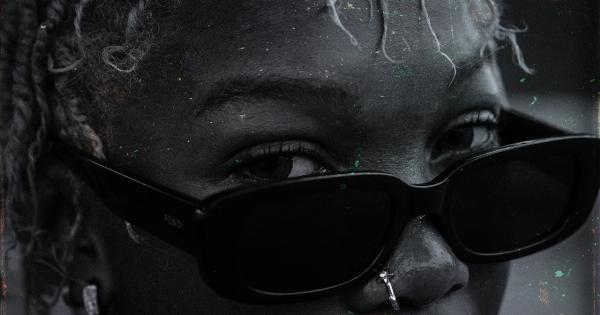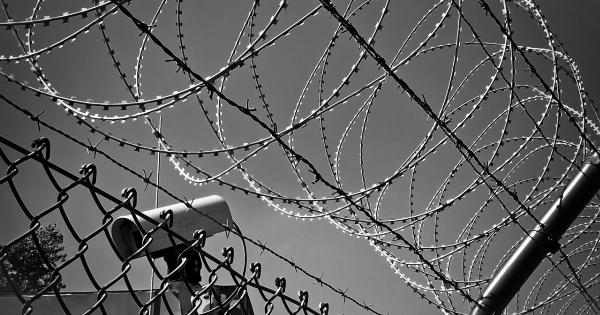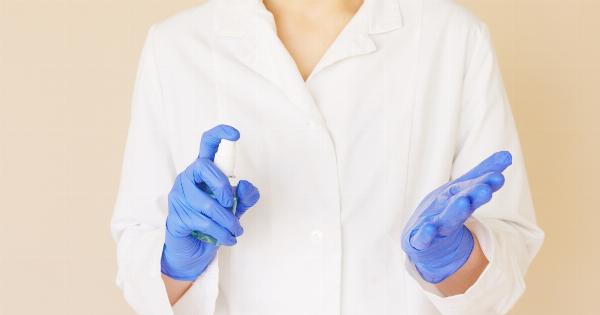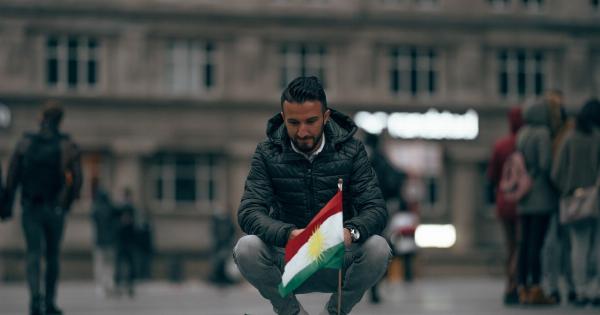Sneezing is a reflex action that occurs when the nasal passages get irritated. The body responds to this irritation by discharging air and mucus from the nose and mouth.
The act of sneezing may seem bothersome to some, but it serves as the body’s defense mechanism against harmful particles or irritants. Sneezing is not a problem in itself, but it can be a concern to others if the person suffering from it doesn’t practice proper sneezing etiquette.
Why do people sneeze?
Sneezing is a reflex action that comes naturally to the human body. It’s the body’s mechanism that helps to protect us by getting rid of irritants from the nose and throat.
Sneezing usually occurs when foreign material, such as dust or pollen, enters the nose. The inside of our noses is lined with tiny hairs called cilia. When these cilia come into contact with irritants, the brain sends a message to our muscles to expel the irritant through a sneeze.
What happens during a sneeze?
During a sneeze, the muscles in your chest and abdomen contract, causing air to be forced out of your mouth and nose at speeds of up to 100 miles per hour.
The sneeze generally expels any irritants from the nose and throat and cleans the nasal passages of excess mucus and debris. This process helps to keep the nasal passages clean and free of harmful substances.
Is it harmful to suppress a sneeze?
The act of suppressing a sneeze can be harmful to a person’s health. Suppressing a sneeze can cause damage to your eardrums, and also put undue pressure on your blood vessels and nerves.
In extreme cases, it can even cause a rupture in your throat or ear canal.
One can experience a variety of negative side effects from the act of suppressing a sneeze. These can include ear infections, hearing loss, headaches, and sinus pain.
Suppression of a sneeze when one is sick can also lead to complications such as pneumonia or even asthma, especially if one is allergic to what is being sneezed out.
Can sneezing spread diseases?
Sneezing can be a significant cause of the transmission of infectious diseases. When an infected person sneezes, they release thousands of droplets containing the bacteria or viruses that are causing the illness.
These droplets can travel up to 200 feet and can linger in the air for hours. If the droplets containing the infectious organisms come into contact with another individual, there is a high likelihood that they too will become infected.
In such cases, it’s essential for the individual to cover their mouth, with a tissue or their elbow when they sneeze in order to prevent the spread of germs. One should also avoid close contact with people who have infectious diseases.
Sneezing Etiquette
Since sneezing can be harmful and can cause the spread of various infections, it’s essential to practice proper sneezing etiquette to avoid any negative side effects. A few tips to help prevent the spread of disease include:.
- Always cover your mouth with a tissue or your elbow when you sneeze.
- Dispose of tissues immediately after use.
- Wash your hands frequently.
- Avoid touching your nose or mouth if you’re sick.
- Avoid shaking hands or hugging people if you’re sick.
- Stay home when you’re sick.
Conclusion
Sneezing is a natural reflex action that helps to protect our bodies from harmful particles or irritants. Suppressing a sneeze is harmful and can cause damage to your eardrums as well as put undue pressure on your blood vessels and nerves.
Sneezing can also be a significant cause of the transmission of infectious diseases, so it’s essential to practice proper sneezing etiquette to avoid any negative side effects. Remember to always cover your mouth with a tissue or your elbow when you sneeze, dispose of tissues immediately after use, and wash your hands frequently.





























